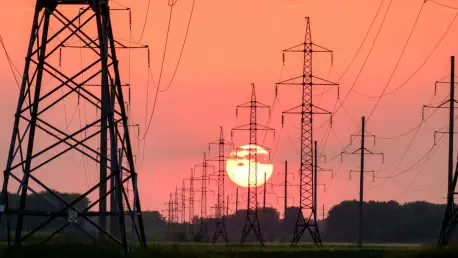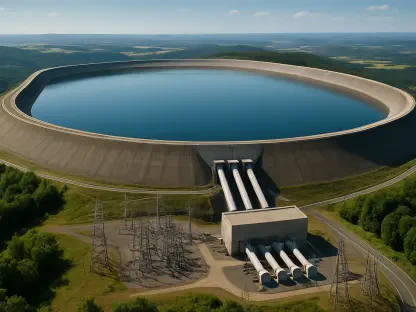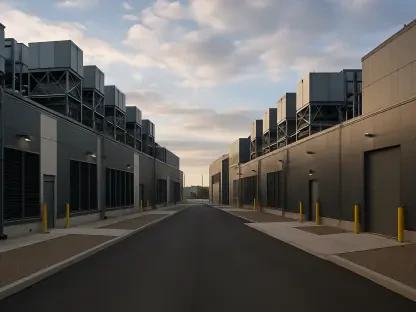Context of the Energy Grid Reform Movement
The United States energy grid stands at a critical juncture, necessitating prompt and effective policy reforms to combat aging infrastructure and outdated regulations. This frame of reference underscores the pressing need to evolve the grid to meet national security concerns, economic growth imperatives, and environmental sustainability goals. These considerations form the crux of the analysis, highlighting President Trump’s objective of enhancing American energy dominance through improved transmission grid systems.
Detailed Analysis of Energy Grid Dynamics
Inefficiencies and Regulatory Impediments
One of the pivotal barriers in energy grid development is rooted in existing regulations such as FERC Order 1000. This policy has inadvertently created inefficiencies by mandating grid operators to engage in complex bureaucratic procedures when selecting developers for transmission lines. These procedural hurdles lead to substantial delays and unrealistic costs, detracting from innovation while complicating infrastructure advancement. Notably, real-world scenarios illustrate the order’s constraining impact on effective project execution.
Restoration of Local Developer Rights
FERC’s removal of rights-of-first-refusal (ROFR) in Order 1000 aimed to enrich competition but often resulted in adverse outcomes due to external developers’ unfamiliarity with local intricacies. Emphasizing ROFR restoration suggests leveraging local transmission owners’ expertise, ensuring more efficient execution of projects. By reinstating local developer advantages, the grid infrastructure is positioned for enhanced efficiency and timely completion.
Pathways to Foster Grid Innovation
Embracing technological advancements is integral to grid evolution, promoting a sustainable and responsive energy infrastructure. Streamlined policies that remove bottlenecks and promote investment align with broader visions of abundant energy supply. This foresight encompasses re-examining FERC’s regulatory framework to alleviate inefficiencies, paving the way for a resilient grid infrastructure poised to satisfy future energy demands and propel economic progress.
Reflecting on the Projections and Implications
Past analysis suggests that collaborative efforts between industry and policymakers in refining transmission policies could usher in innovative solutions to alleviate infrastructure challenges. The evolving landscape calls for adaptations that foster strategic investment, propelling both technological and regulatory advancements in energy grid development. As stakeholders reflect on these findings, the urgency for actionable strategies to navigate this complex industrial milieu becomes evident. By focusing on strategic collaborations and visionary reforms, the grid’s potential for growth and sustainability can be effectively unlocked.









